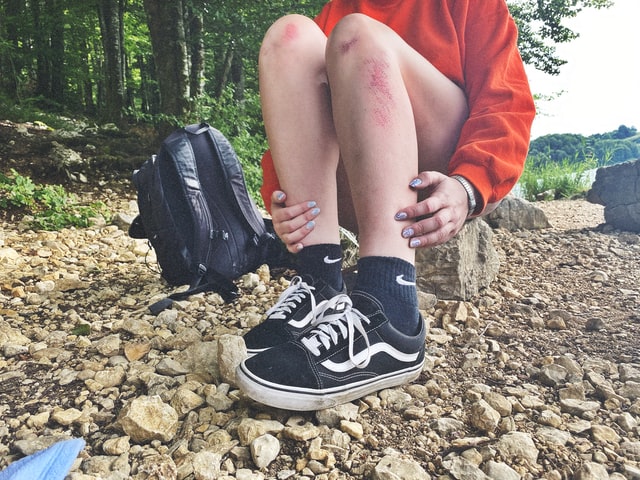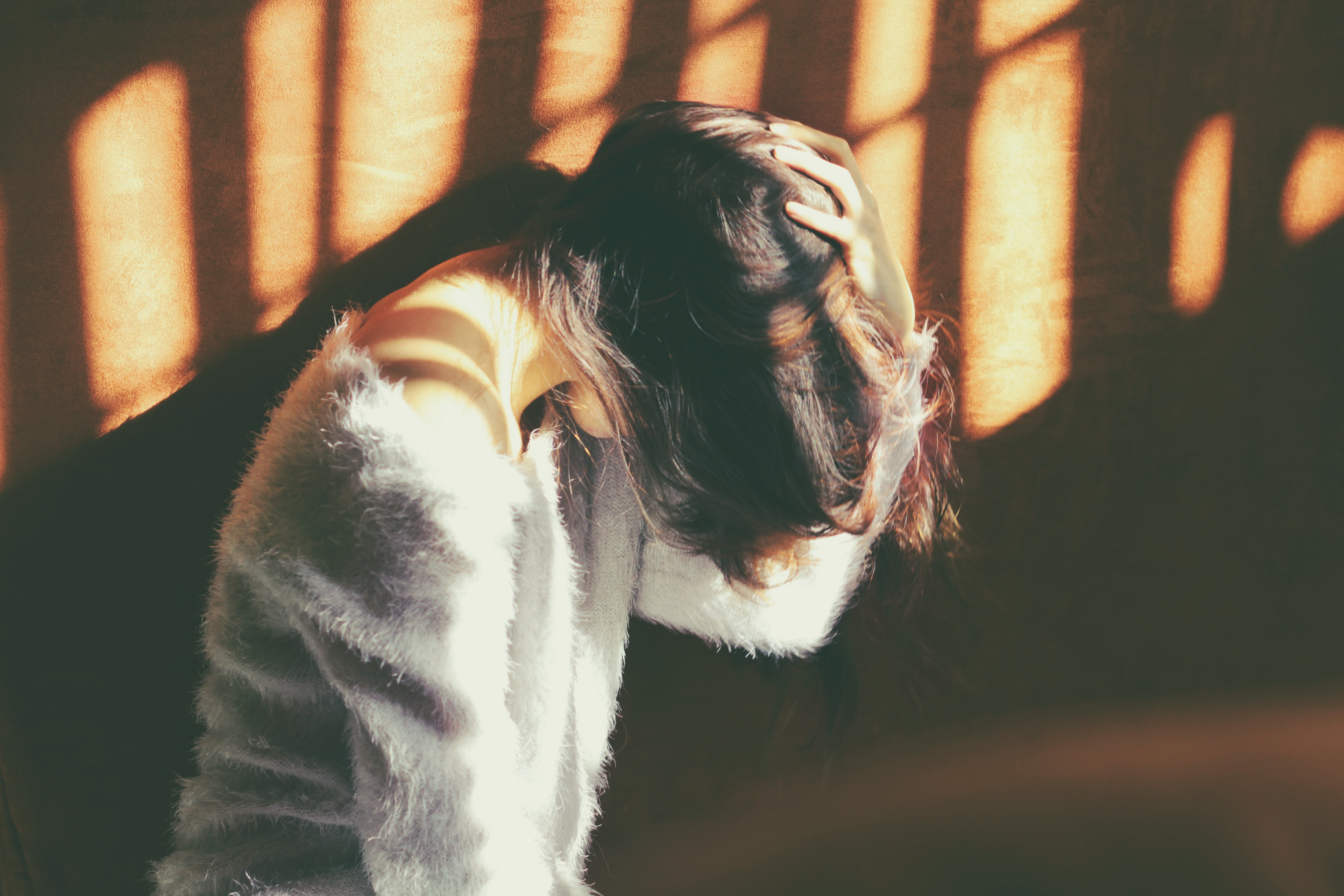Epidermolysis bullosa
2.5. How to relieve itchy skin
These two symptoms are frequently present across different types of (EB), although they can vary depending on factors such as seasonal changes or fluctuations in the number of injuries.
Itchiness
Itchiness is one of the chronic and predominant symptoms of EB, leading to psychological challenges for patients, including sleep disturbances and depression. Younger children often struggle to understand the importance of refraining from scratching, and this can also apply to older children, who may find short-term relief in scratching. The itchiness primarily results from the healing of wounds (which is ongoing and particularly significant in nearly healed areas) and from dry skin. In some cases, the cause remains unknown, complicating treatment. This symptom is especially problematic for patients with dystrophic EB, but it can affect any type of EB.
The treatment is complex and requires a multifaceted approach, involving not only medication but also additional measures. Some important tips include: staying well-hydrated, controlling bath water temperature (cool baths can be beneficial, along with the use of oatmeal gels, etc.), avoiding sudden temperature changes, using air conditioning or fans in excessive heat, wearing loose-fitting clothing, and steering clear of irritating products (such as perfumes, alcohol-based solutions, powders, and soaps that can dehydrate the skin). It’s also essential to use specific gels for sensitive skin and to moisturize daily. This last point is crucial for preventing skin dryness and breaking the vicious cycle of itchiness and scratching.
If these measures prove insufficient, specific medications for itchiness may be prescribed, but always under medical supervision. In some cases, stress and anxiety can exacerbate pain, so relaxation techniques can also be beneficial.

Pain
Pain can vary in intensity across all types of epidermolysis bullosa (EB), often being more pronounced than itchiness, and effective pain management is essential for the patient’s quality of life. In children with EB, pain can be categorized as follows:
-
Acute: caused by the wounds and blisters on the skin or in the mouth, gastroesophageal reflux, oesophageal spasms, cavities, periodontitis, corneal erosions or anal fissures.
-
Chronical: this includes persistent skin inflammation affecting the skin and mucous membranes, neuropathic pain, bone pain, and constipation, among others.
-
Post-interventional: this pain is associated with surgical procedures, dental work, or treatment sessions.
Assessing the frequency and intensity of pain in infants and small children differs from doing so in older children and adults. In younger patients, we often rely on observing their behaviour, but this can sometimes underestimate the true intensity of their pain.
Addressing pain in these patients requires a dual approach: prevention and effective treatment.
Pain prevention begins with employing proper techniques during wound care, as previously discussed. Additionally, distraction techniques during treatment can help manage pain and reduce anxiety, particularly in younger children. For those who are able to cooperate, breathing techniques and concentration exercises can also be beneficial. Physiotherapy has proven to be very effective in preventing pain associated with contractures.

When pain cannot be prevented, active intervention is necessary to alleviate it. Our approach will depend on the origin of the pain:
-
Blisters can be extremely painful and bothersome, especially during their growth phase when they become tense. In such cases, the best option is to puncture the blisters and drain the fluid. Although this procedure may be painful, it typically provides long-term relief.
-
Oral pain from blisters and ulcers in the mucous membranes is very common in EB. For this type of pain, anaesthetic gels are most effective, whether used as a dental local anaesthetic or as a mouthwash.
-
If gastroesophageal reflux is present, it is advisable to maintain an upright position before, during, and after meals. Offering thicker foods may also provide some improvement. If reflux persists beyond four months of age and causes significant discomfort, consulting with nutrition experts is recommended to evaluate the need for specific medications.
-
For anal fissures, pain relief can be achieved using laxatives, applying lubricating creams to the area, or using barrier products on the skin to protect against moisture and promote healing.
-
Corneal erosions can be very painful and bothersome. In milder cases, eye drops and lubricating ointments can be helpful. Patients should be monitored by an ophthalmologist.
In addition to these specific pharmacological measures, varying degrees of general anaesthesia may be administered based on pain intensity. However, caution is advised, as these medications can have a wide range of side effects. Children may develop anxiety and depression as a result of chronic pain, so analgesics are sometimes combined with anxiolytics. Medical and nursing supervision is always recommended.
Psychological support is also beneficial to help patients learn effective pain management techniques.